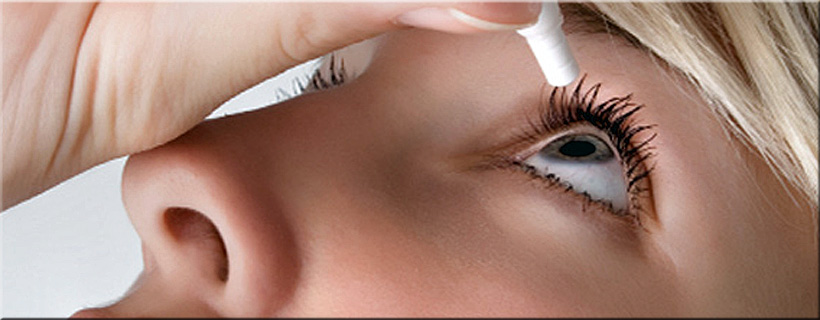|
Optima Optometry
Expert Eye Care. Quality Eyewear. Service Excellence.
|
|
| (408) 247-5102 |
Caring For Your Vision
Children’s Vision
Reading, writing, chalkboard work and using computers are among the visual tasks students perform daily. A child's eyes are constantly in use in the classroom and at play. When his or her vision is not functioning properly, education and participation in sports can suffer.
Read Article »
Contact Lenses
Safe contact lenses use provides an effective form of vision correction. Contact lenses prescribed by a licensed doctor of optometry are worn safely and comfortably by millions of people worldwide and have a long history of providing wearers with a safe and effective form of vision correction.
Read Article »
Corneal Modifications
The cornea is the clear front surface of the eye that bends (or refracts) light rays as they enter the eye. For clear vision, the cornea must have the correct shape and power to focus incoming light rays precisely on the retina at the back of the eye.
Read Article »
Low Vision
Few people are totally without sight.
Most individuals today classified as "blind" actually have remaining sight and,
thanks to developments in the field of low vision rehabilitation, can be helped to make good use of it,
improving their quality of life.
Anyone with noncorrectable reduced vision is visually impaired, and can have a wide range of problems.
Read Article »
Protecting Your Eyes at Work
Eye injuries in the workplace are very common.
The National Institute for Occupational Safety and Health (NIOSH) reports about 2,000 U.S. workers sustain job-related
eye injuries that require medical treatment each day.
However, safety experts and eye doctors believe the right eye protection could have lessened the severity
or even prevented 90% of these eye injuries.
Read Article »
UV Protection
The sun supports all life on our planet, but its life-giving rays also pose dangers.
The sun’s primary danger is in the form of Ultraviolet (UV) radiation. UV radiation is a component of solar radiation,
but it can also be given off by artificial sources like welding machines, tanning beds and lasers.
Read Article »
|
|
